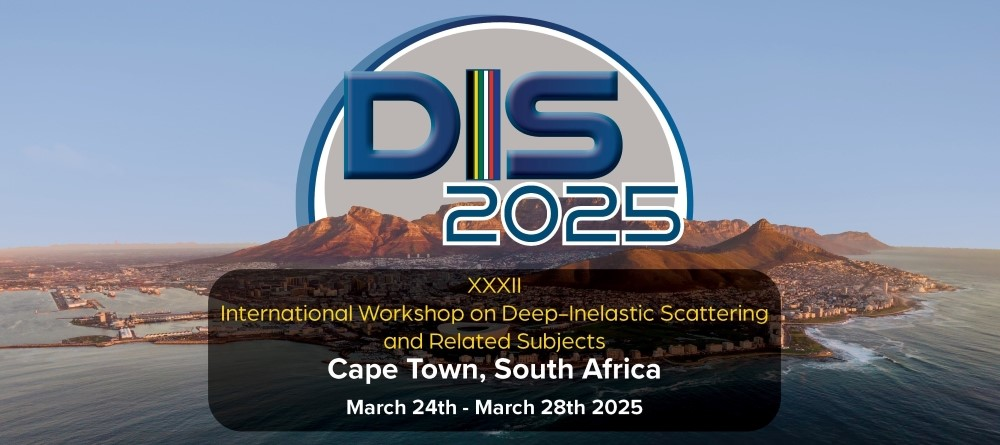Speaker
Description
The HERAPDF2.0 parton densities represent the current state of the art in determining the longitudinal structure of the proton using data from Deep Inelastic Scattering (DIS) experiments alone. Their precision is at the few percent level at intermediate Bjorken-x, but deteriorates fast for x-->1 and also below x~10^-3. The high x region in particular can also be constrained using LHC data, though at the price of increased theoretical complexity and currently with tensions between data sets. In this study we investigate how the picture may evolve with time in the future by using only DIS ingredients in proton PDF fits. We start by including simulated data from the Electron Ion Collider (EIC), which are known to improve matters at large x. We then additionally add simulated data from the Large Hadron electron Collider (LEeC), the Future Circular Collider (FCC) in ep mode, or both. The LHeC is shown to potentially revolutionise the precision at both large and small x, even with EIC data are included. In the longer term the FCC-eh may allow further progress at low x, extending the sensitivity toward x=10-7. We also study the results of leaving the strong coupling as a free parameter in the fits. Once again, the LHeC and/or FCC-eh yield significant improvements even beyond the currently world-leading potential of an EIC determination.
